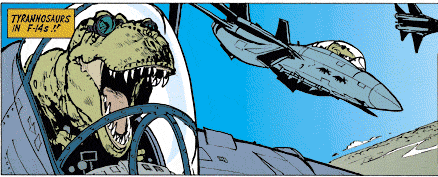Since the state began testing welfare applicants for drugs in July, about 2 percent have tested positive, preliminary data shows.
So far, they say, about 2 percent of applicants are failing the test; another 2 percent are not completing the application process, for reasons unspecified.
Cost of the tests averages about $30. Assuming that 1,000 to 1,500 applicants take the test every month, the state will owe about $28,800-$43,200 monthly in reimbursements to those who test drug-free.
That compares with roughly $32,200-$48,200 the state may save on one month's worth of rejected applicants.
The savings assume that 20 to 30 people -- 2 percent of 1,000 to 1,500 tested -- fail the drug test every month. On average, a welfare recipient costs the state $134 in monthly benefits, which the rejected applicants won't get, saving the state $2,680-$3,350 per month.
But since one failed test disqualifies an applicant for a full year's worth of benefits, the state could save $32,200-$48,200 annually on the applicants rejected in a single month.
Net savings to the state -- $3,400 to $8,200 annually on one month's worth of rejected applicants. Over 12 months, the money saved on all rejected applicants would add up to $40,800-$98,400 for the cash assistance program that state analysts have predicted will cost $178 million this fiscal year.
Cost of the tests averages about $30. Assuming that 1,000 to 1,500 applicants take the test every month, the state will owe about $28,800-$43,200 monthly in reimbursements to those who test drug-free.
That compares with roughly $32,200-$48,200 the state may save on one month's worth of rejected applicants.
The savings assume that 20 to 30 people -- 2 percent of 1,000 to 1,500 tested -- fail the drug test every month. On average, a welfare recipient costs the state $134 in monthly benefits, which the rejected applicants won't get, saving the state $2,680-$3,350 per month.
But since one failed test disqualifies an applicant for a full year's worth of benefits, the state could save $32,200-$48,200 annually on the applicants rejected in a single month.
Net savings to the state -- $3,400 to $8,200 annually on one month's worth of rejected applicants. Over 12 months, the money saved on all rejected applicants would add up to $40,800-$98,400 for the cash assistance program that state analysts have predicted will cost $178 million this fiscal year.





Comment